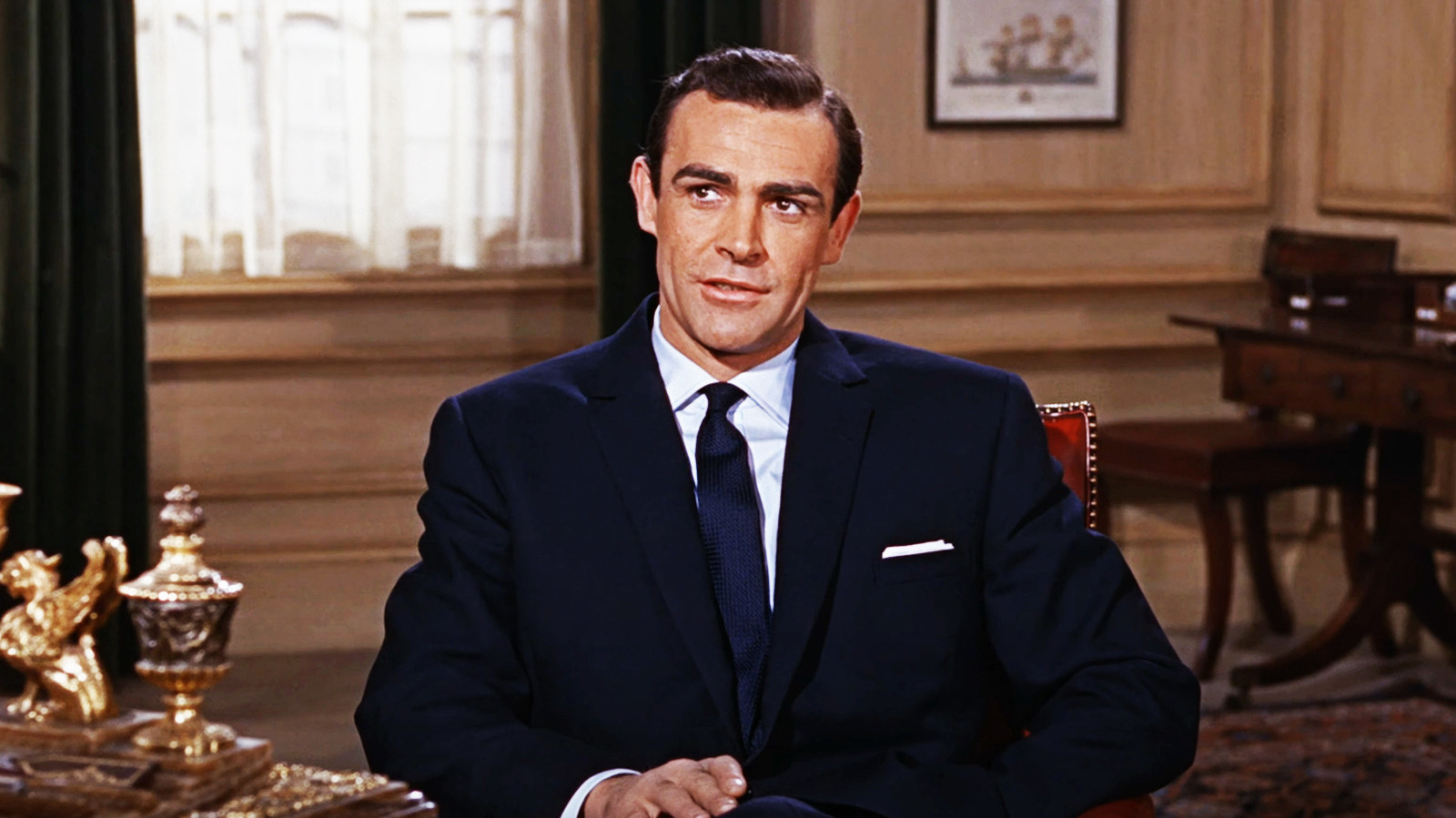Celebritiy
Unforgettable Moments from the Banned James Bond Laserdisc Commentaries

James Bond: Uncovering the Most Shocking Moments From the Censored Laserdisc Commentaries
There was a nostalgic era when media ownership was a thing, long before subscription models tethered creativity to the whims of corporate giants. In those days, movie lovers collected CDs, DVDs, and VHS tapes, turning their living spaces into showcases of cherished physical formats. Among these was the Laserdisc, which debuted in the U.S. in 1978. While it had a sleek appeal, resembling large CDs, it ultimately fell short of popularity due to high prices and the lack of recording options. Despite its decline, the Laserdisc era gifted us with a cache of intriguing commentary tracks from James Bond films that were pulled from circulation.
Eon Productions, the force behind the Bond franchise, commissioned Criterion to release early Bond films like “Dr. No,” “From Russia With Love,” and “Goldfinger” on Laserdisc in 1991, complete with commentary from industry legends. However, the candid discussions were too provocative, leading Eon to request a recall of the Laserdiscs due to accusations of “inaccurate, insensitive, inflammatory or potentially libelous” remarks. Though these tracks vanished from official circulation, the advent of the internet has made them accessible, revealing some outrageous anecdotes.
One of the standout voices in these commentaries is Terence Young, director of the first two Bond films. His laid-back style turns the commentary into an informal chat with peers, where he candidly mentions borrowing scenes from other movies, including Hitchcock’s classic “North by Northwest.” Young goes so far as to label one sequence as a complete theft from “L’année dernière à Marienbad,” a notoriously avant-garde film.
Young was blunt about his interactions with Ian Fleming, creator of the Bond character. At a party before the shooting of “Dr. No,” Young recounted a less-than-friendly introduction, insisting that Fleming viewed him as someone who would ruin his literary legacy. Their conversation reflected a palpable tension, as Young emphasized his film credentials over Fleming’s literary achievements, sparking a memorable exchange where Fleming called him a “prickly customer.”
Screenwriter Richard Maibaum shared similar critiques of Fleming, calling him a snob and expressing skepticism about the author’s commitment to his own writing. Maibaum reflected on how Fleming himself admitted that film adaptations had become more entertaining than his novels, a stark commentary on the creative differences between the two mediums.
Shifting gears to Sean Connery, Young did not shy away from addressing the actor’s physique, noting that Connery’s weight gain required him to “hold his gut in” during filming. Young praised Connery’s initial athletic build while contrasting it with his growing paunch in “From Russia with Love.” The director’s comments sparked a discussion about Connery’s undeniable charisma and sex appeal, with editor Peter Hunt lauding him as a “very sexy man” who could “walk into a room and f**k anybody,” a testament to Connery’s iconic status as Bond.
The production challenges of “Goldfinger” are also laid bare in these commentaries. Guy Hamilton, the film’s director, revealed the struggles with Gert Fröbe, who portrayed Bond’s nemesis Goldfinger. Due to Fröbe’s limited English, his lines were overdubbed, and Hamilton recalled the producers’ reaction to the initial footage, describing how they “went ape” over the quality. Even Connery weighed in on various sequences, expressing disdain for the absurdity of Oddjob crushing a golf ball, insisting that such feats were simply unrealistic.
Some intriguing and startling moments are peppered throughout the discussions. Young frankly recounted how he often cast attractive women in roles like a desk clerk to heighten visual appeal. In a particularly outrageous anecdote, Young revealed his lunch meetings with Lotte Lenya, who, despite her age, had a vibrant spirit that he found fascinating.
As the commentaries unfold, Peter Hunt shares an alarming story about the dangers of filming, recounting an accident where a cameraman lost a limb during a helicopter shoot. These candid revelations reflect a bygone era’s reckless attitude, offering audiences a rare glimpse into the powerful personalities behind the Bond saga.
Overall, these previously silenced commentaries paint a raw and revealing picture of the Bond films’ legacy. While some views may seem outdated or offensive, they present an unvarnished look at the filmmaking process and the characters involved at a time when political correctness was far from the norm. For true Bond aficionados willing to overlook these relics of a different time, these commentary tracks are an invaluable treasure trove of behind-the-scenes insight.
